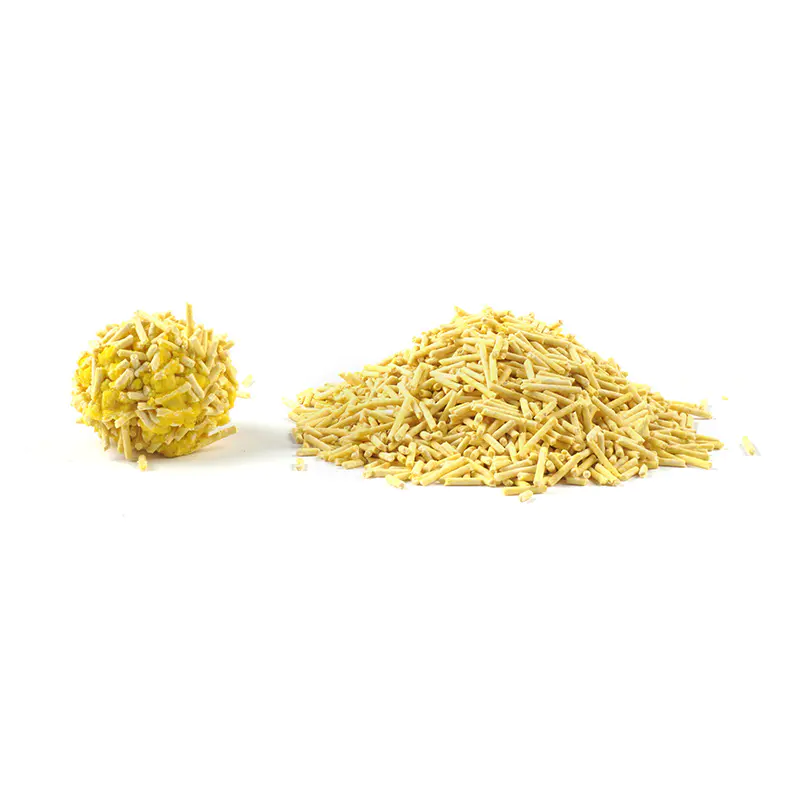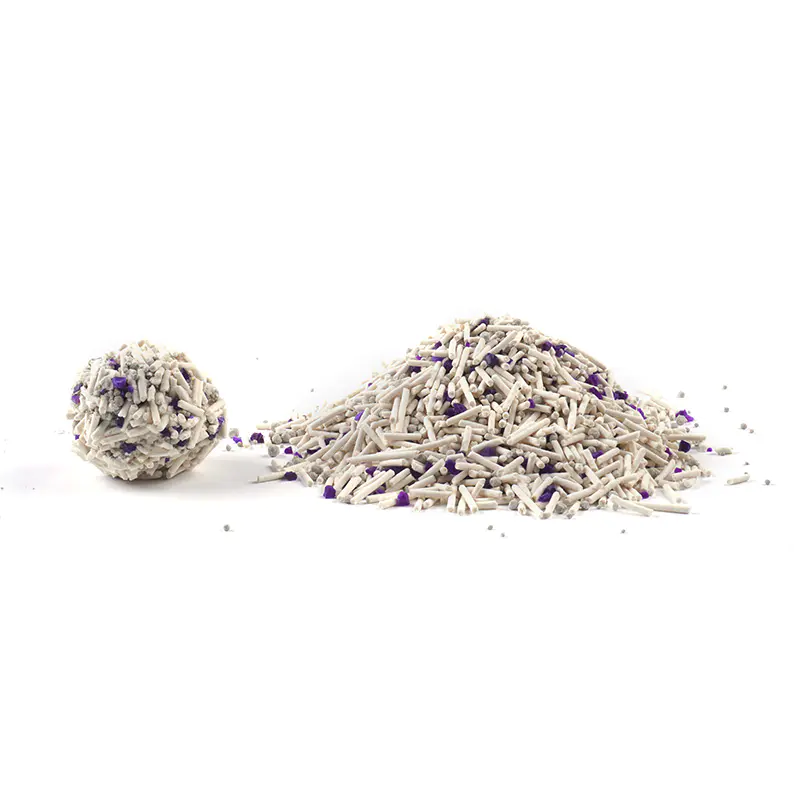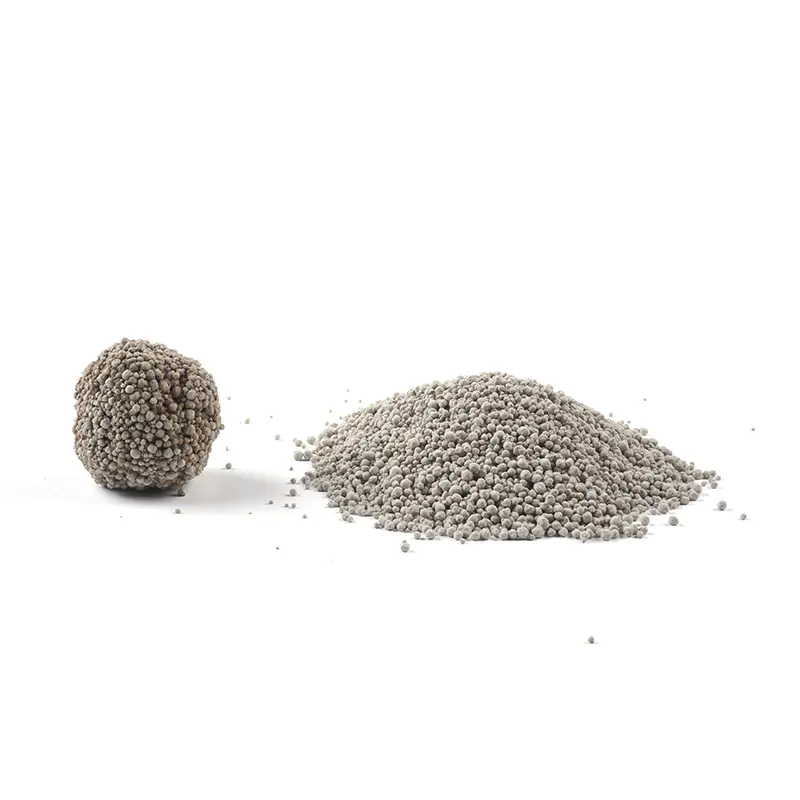
Industry News
Choosing the right cat litter is essential for your cat's comfort and your home's cleanliness. With so many options available, it can be overwhelming to decide which type is best. This guide covers everything you need to know about cat litter, including types, benefits, and how to choose the right one for your feline friend.
Cat litter comes in several varieties, each with its own advantages and disadvantages. Below is a breakdown of the most common types:
| Type | Pros | Cons |
| Clay Cat Litter | Affordable, excellent clumping, good odor control | Heavy, dusty, not eco-friendly |
| Silica Gel Cat Litter | Lightweight, superior odor control, long-lasting | Expensive, some cats dislike the texture |
| Natural/Biodegradable Cat Litter | Eco-friendly, lightweight, low dust | May not clump as well, can be pricey |
| Pine Cat Litter | Natural odor control, biodegradable, low tracking | Strong scent may bother some cats |
| Corn Cat Litter | Clumps well, biodegradable, safe if ingested | Can attract pests, may mold if wet |
Selecting the right cat litter depends on several factors, including your cat’s preferences, odor control needs, and environmental concerns. Here’s what to consider:
Clumping cat litter is popular because it forms solid clumps when wet, making cleanup easier. Here’s a detailed look:
| Pros | Cons |
| Easy to scoop waste | Can be dusty |
| Long-lasting (only remove clumps) | Some types are heavy |
| Good odor control | Not always biodegradable |

If sustainability is a priority, consider these biodegradable cat litters:
Maintaining a clean litter box is crucial for your cat’s health. Follow these guidelines:
| Type of Litter | Frequency of Full Change | Daily Maintenance |
| Clumping | Every 2-3 weeks | Scoop daily |
| Non-Clumping | Weekly | Remove solids daily |
| Silica Gel | Monthly | Stir to distribute moisture |
Even the best cat litter can present challenges. Here’s how to troubleshoot common issues:
Odor control is a top priority for many cat owners. Here are the best options ranked by effectiveness:
Cats can be picky about litter changes. Follow these steps for a smooth transition:
In a pinch, you can use household items as temporary cat litter:
Choosing the best cat litter involves balancing your cat’s preferences, odor control, and environmental impact. Whether you prefer clumping clay, silica gel, or natural alternatives, there’s an option that will keep both you and your feline happy. Regular maintenance and proper litter selection will ensure a clean, odor-free home.

Tofu Cat Litter

Tofu Cat Litter

Mixed Cat Litter

Mixed Cat Litter

Bentonite Cat Litter


Got Questions? Call us 24/7

+8615263229311
No.88, Quandu Road, Xigang Town, Tengzhou City, Shandong, China. (Sincere Industrial Park)

OEM Cat Litter Manufacturers Bulk Cat Litter Wholesale Biodegradable Cat Litter Company
